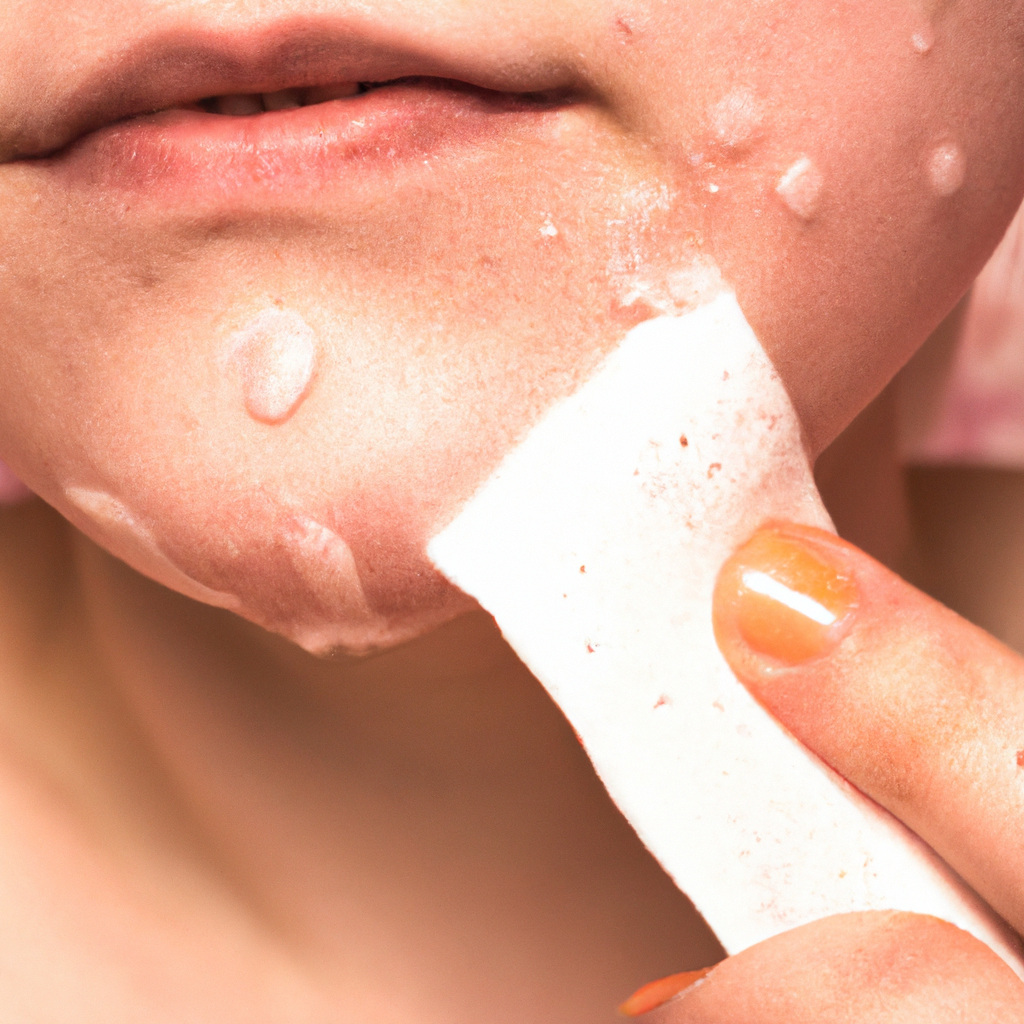If you’re looking for an easy way to get glowing, rejuvenated skin, exfoliating is the answer. Exfoliation is the process of sloughing off dead skin to restore a healthy, vibrant complexion – and doing it right is key. Get to know the basics of exfoliation with Exfoliation 101, and learn how to remove dead skin for a fresh, luminous look.
1. Introducing Exfoliation: The Basics of Rejuvenating Skin
Exfoliation is an important tool for rejuvenating your skin. Not only does it help you to get rid of dead skin cells, but it can also help you to brighten and improve the look and feel of your skin. It can make your complexion look younger, smoother, and more vibrant overall.
However, exfoliating your skin is more than just using a scrub every once in a while. There are many different methods and products that you can use to achieve the desired results. So, let’s take a closer look at the basics of exfoliation:
- Types of Exfoliating Products: There are many different types of exfoliating products out there, from chemical exfoliators to physical exfoliators. Chemical exfoliators typically use ingredients like alpha-hydroxy acids, enzymes, and retinoids to help loosen the outermost layer of dead skin cells, while physical exfoliators use manual scrubbing action to slough off the dead cells.
- Using Exfoliators: Depending on the type of exfoliator, you should use them anywhere from once or twice a week for light exfoliation to daily for an intense exfoliation. Make sure to follow the manufacturer’s instructions.
- Moisturizing: It’s important to apply a moisturizer after exfoliation to protect the newly renewed skin. Moisturizers can help to prevent the skin from drying out and reduce any irritation caused by exfoliation.
Exfoliating can be an effective way to help your skin look its best. However, it’s important to remember that there can be too much of a good thing. Over-exfoliating can leave your skin feeling dry and irritated. It’s important to listen to your skin and find a balance that works best for you.
2. How to Exfoliate: Techniques for Safe Skin Renewal
Healthy skin cells need to be renewed to keep your complexion looking great. Exfoliation – the process of removing dead skin cells from the surface of your body – is an essential part of any skincare routine. Read on to learn how to exfoliate effectively.
Physical Exfoliation
Physical exfoliation is one of the most popular ways to slough off dead skin cells. There are a number of tools and methods you can use to physically exfoliate:
- Loofahs and body scrubbers are great for giving your skin a thorough scrub.
- Granules or beads are built into a number of facial scrubs and body washes. These help to deep-clean the skin.
- Sponges and cloths are best used with a gentle cleanser. This method is milder than using a loofah or scrub.
Chemical Exfoliation
It is important to use chemical exfoliation Wisely. Using too much or the application of the wrong type of product can cause irritation and even damage. To ensure safe and effective exfoliation the following steps should be taken:
- Select a product that is designed for your skin type.
- Look for clear instructions on the product label.
- Start off with lesser concentrations of the active ingredients.
- If some irritation occurs, switch to a milder product.
Other Considerations
To get the most out of exfoliation, it is important to follow a few general rules. The most important one is to not over-scrub. Doing so can cause redness, inflammation, and even scratches. Moreover, make sure to keep your skin hydrated by using a good moisturizer. And, apply sunscreen regularly when outdoors.
3. Aftercare: Keeping Skin Healthy and Refreshed
Following the face cleansing process, it’s important to do the aftercare in order to keep your skin looking healthy and refreshed. Here are some helpful tips:
- Moisturize: Moisturizing your skin is essential for keeping it hydrated and healthy. After you’ve finished cleansing your face, remember to apply moisturizer or a face lotion to help with hydration. Alternatively, you can switch up your routine and apply face oil for some extra nourishment.
- Use Sunscreen: It’s important to apply sunscreen all over your face (and body) before going out in the sun. Many moisturizers and face creams contain SPF protection, but it’s a good idea to check the SPF level to make sure it’s high enough.
- Exfoliate Regularly: Removing dead skin cells on a regular basis is essential for keeping your skin clean and healthy. Exfoliation can help to reduce acne and blackheads, and it’s also important for preventing skin discolouration.
- Stay Hydrated: Drinking plenty of water can help to keep your skin hydrated and it can help to flush out toxins from your body. Make sure you’re hydrated and try to drink plenty of water throughout the day.
In addition to these tips, it’s also important to get plenty of sleep and to eat a healthy and balanced diet. All of these things can help to keep your skin looking healthy and refreshed. Regularly cleansing your face and following up with these aftercare tips is essential for maintaining healthy and glowing skin!
4. Pros and Cons of Exfoliation: Exploring the Benefits and Drawbacks
Exfoliation has been a popular skin care routine since the dawn of time. It is used to remove dead skin cells, dirt, and impurities that can clog pores or cause dullness. This type of skin care has a few pros and cons that should be considered before taking the plunge.
One of the key benefits of exfoliation is improved skin tone and texture. Regular exfoliating can help to reduce the appearance of blackheads, breakouts, and wrinkles. It can also be used to target areas of hyperpigmentation and discoloration to brighten and even out skin tone. Additionally, those suffering from dryness or flaky patches may benefit from exfoliation as it removes any residue that has become lodged in pores.
However, when it comes to exfoliation, overdoing it can cause more harm than good. It’s important to use extremely gentle products, paying attention to the abrasiveness rating on any scrub, face mask, or chemical exfoliator. Additionally, those with sensitive skin should use the gentlest of products to avoid discomfort or hives. Similarly, facial exfoliation should be done no more than once a week to prevent over-exfoliating.
When exfoliation is done correctly, it can be extremely beneficial to skin health. Regular exfoliation not only helps to make skin look healthier, it also helps reveal underlying layers of fresh, healthy skin. Exfoliation with the right products can
- leave skin feeling softer
- improve product absorption
- reduce inflammation or redness,
- and aid in cell turnover.
Those with troubled skin may find that including exfoliation into their weekly skin routine can help to take the appearance of skin from dull to glowing.
Feeling great about yourself is all about confidence, and a great way to start feeling your best is to keep your skin healthy and fresh. With the basics of exfoliation now in your arsenal, you can give your skin a much-needed boost and start exuding an incredible aura of beauty. Start exfoliating today and experience what it’s like to have a healthy glow shine through.

